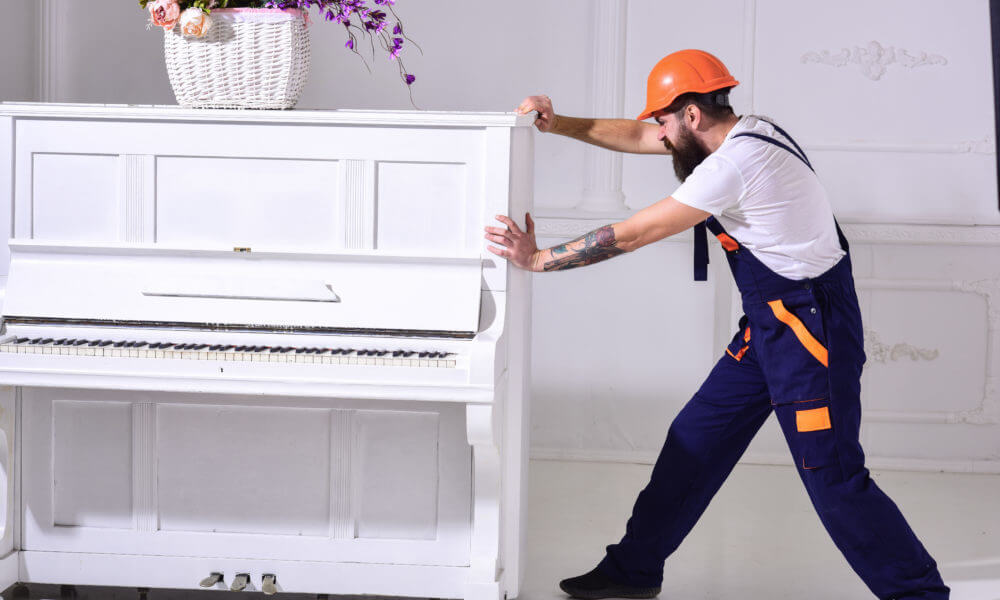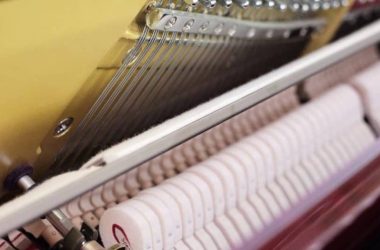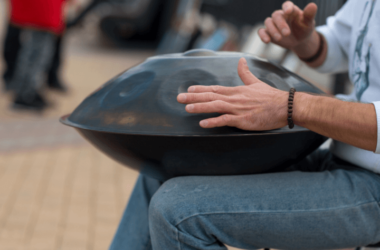Digital pianos in 2025 don’t just imitate acoustic instruments, they convincingly step into their shoes while adding tools players actually use. From physically modeled resonance and binaural sampling to triple‑sensor actions and seamless app connectivity, today’s instruments deliver the feel, sound, and workflow musicians expect. Whether a buyer is eyeing a dependable home console like the Yamaha YDP-184 Arius or comparing options at a retailer such as Music Exchange, understanding the underlying tech helps them choose wisely.
How digital pianos replicate the sound of acoustic instruments
Acoustic piano tone is complex. Every keystroke triggers a cascade of interactions, hammer felt, string vibration, soundboard resonance, damper noise, the room itself. Modern digital pianos recreate that complexity with two complementary approaches: multi‑sampling and physical modeling.
- Deep multi‑sampling: Premium instruments capture each key across many velocity layers, often with separate samples for pedal up/down, key‑off, and even una corda. Some makers also record with different mic arrays to deliver both player and audience perspectives.
- Physical and hybrid modeling: Algorithms simulate sympathetic resonance (strings making other strings ring), cabinet resonance, damper behavior, and duplex scaling. Hybrid engines blend real samples with real‑time modeling so the sound “breathes” as dynamically as a grand.
In practice, this means sustain and overtones bloom naturally instead of feeling static. Virtual Resonance Modeling (VRM) in Yamaha’s ecosystem, SuperNATURAL Piano Modeling in Roland’s lineup, and SK‑EX Rendering/PHI in Kawai instruments all aim for the same thing: authentic interaction under the fingers.
Headphone realism has also leapt forward. Binaural sampling places miniature microphones in a player’s ears during the recording process, so through headphones, the piano seems to sit in front of them in 3D space. It’s surprisingly immersive for late‑night practice.
Even a solid mid‑to‑upper console like the Yamaha YDP-184 Arius leverages a CFX concert grand sample and VRM to deliver more than a static “recording.” Pedal and key-up noises are subtly present, and the resonance scales with touch, which is the point, players forget it’s digital and just play.
Advanced key action and touch sensitivity explained
The action is where players decide if a digital piano is “real enough.” In 2025, that realism comes from three pillars: graded weighting, sensing, and tactile nuance.
- Graded hammer weighting: Lower keys feel heavier, upper keys lighter, matching an acoustic grand. Counterweights refine control at soft dynamics (pp/ppp), while hammer mass and pivot length influence how naturally fast repetitions rebound.
- Triple‑sensor detection: Two sensors struggled with ultra‑fast repetitions and partial key resets. Three‑sensor actions read continuous key travel, enabling rapid trills and legato playing without fully returning the key.
- Escapement (let‑off) simulation: A slight “notch” near the bottom of the key travel mimics the escapement of a grand, aiding control for pianissimo and repeated notes.
Materials matter, too. Wooden‑hybrid or long‑pivot actions increase stability and leverage: textured keytops (synthetic ivory/ebony) wick moisture and improve grip. Roland’s PHA‑50, Kawai’s Grand Feel III/Compact, and Yamaha’s GH3/GH3X and GrandTouch actions each strike their own balance of realism and durability.
Concrete example: the Yamaha YDP-184 Arius deploys a GH3 graded hammer action with triple sensors and tactile keytops. It isn’t a stage‑concert action, but for serious learners and dedicated home players, the control at low volumes, repetition reliability, and overall weight tuning feel convincingly piano‑like.
Touch curves finish the picture. Adjustable velocity curves let players pick a response that suits their technique or room, bright, expressive curves for pop, mellower curves for classical, and linear or fixed modes for MIDI routing and consistent sample triggering in a DAW.
Built-in recording and connectivity for modern musicians
The 2025 digital piano is a controller, recorder, and practice partner in one box, and that’s a big shift from the “just a piano” mindset.
- Onboard recorders: Most consoles and stage pianos offer quick MIDI capture and often direct audio recording (WAV/MP3) to USB, so ideas aren’t lost. Multitrack MIDI recorders let players layer left/right hands separately or build arrangements without a computer.
- Computer and mobile integration: Class‑compliant USB makes plug‑and‑play with macOS, Windows, iPadOS, and iOS standard. Many models act as a USB audio interface, sending stereo audio and bidirectional MIDI over a single cable, no extra boxes.
- Wireless options: Bluetooth MIDI and, increasingly, Bluetooth audio mean practice playlists stream straight through the piano’s speakers while MIDI data flows to notation or learning apps. Latency has improved enough for most practice needs.
- App ecosystems: Companion apps such as Yamaha Smart Pianist, Roland Piano App, and Kawai PianoRemote manage sound selection, metronome, recording, and even technician‑grade edits like lid position, damper resonance depth, or tuning temperament.
A console like the Yamaha YDP-184 Arius focuses on reliable USB connectivity and deep internal editing rather than flashy extras. Players capture ideas quickly, export to USB, and pull tracks into a DAW. Gig‑oriented boards add balanced outs, 5‑pin MIDI, and flexible monitor routing.
The bottom line: recording and connectivity turn a digital piano into a complete writing and practice station, ideal for students tracking progress, creators sketching cues, or professionals delivering stems on deadline.
Why learners, hobbyists, and professionals all benefit
Digital pianos have matured into different strengths for different players, yet the core benefits, consistent feel, controllable volume, and zero maintenance, span everyone.
- Learners: Weighted keys and proper grading build transferable technique: headphones allow focused practice at any hour. Features like Duo Mode (splitting the keyboard into two equal ranges), built‑in lessons, and tempo‑controlled recording help students and teachers track growth. Parents appreciate that digital pianos never need tuning.
- Hobbyists: They want inspiring sound without setup fuss. Layer a warm pad under a grand, record a sketch, and share it, minutes, not hours. Bluetooth audio for accompaniment and app‑based control remove friction so practice actually happens.
- Professionals: Writers and session players value repeatable tone, MIDI precision, and quick recall of setups. Digital pianos stay in tune, handle temperature swings on tour, and slot into DAWs without mics or room‑treatment headaches. For pit work or houses of worship, consistent output volume and no mic bleed make life easier.
Budget and space also favor digital. For the footprint of a small console, players get concert‑grade tone at neighbor‑friendly levels. A model like the Yamaha YDP-184 Arius is a good illustration: playable action, grand‑derived sound, solid speakers, and dependable connectivity in a living‑room‑friendly cabinet.
Shoppers comparing options at places like Music Exchange typically A/B the action first, then judge resonance realism through headphones. If a piano inspires them to play longer at a comfortable volume, it’s already winning.
Comparing digital pianos with hybrid acoustic models in 2025
Hybrid acoustics blur categories by pairing an actual acoustic action (often full grand or upright mechanisms) with optical or electro‑magnetic sensors and a high‑end digital sound engine. Think Yamaha AvantGrand/NU series, Kawai Novus, or similar premium lines.
What they do best:
- Real escapement and hammer physics under the fingers
- Long key pivots and genuine repetition behavior
- Cabinet resonance and projection closer to an acoustic
What standard digitals still win:
- Price, portability, and maintenance (no tuning, fewer mechanical parts)
- Quiet operation and headphone experience (often with binaural samples)
- Versatility for recording/DAW use and frequent moves
For many players, a strong digital console covers 95% of needs at a fraction of the hybrid price. But pianists who live in the nuance of touch and who want the tactile honesty of real hammers, without the tuning and mic’ing, often find hybrids worth the premium. Trying both side by side remains the best call.






